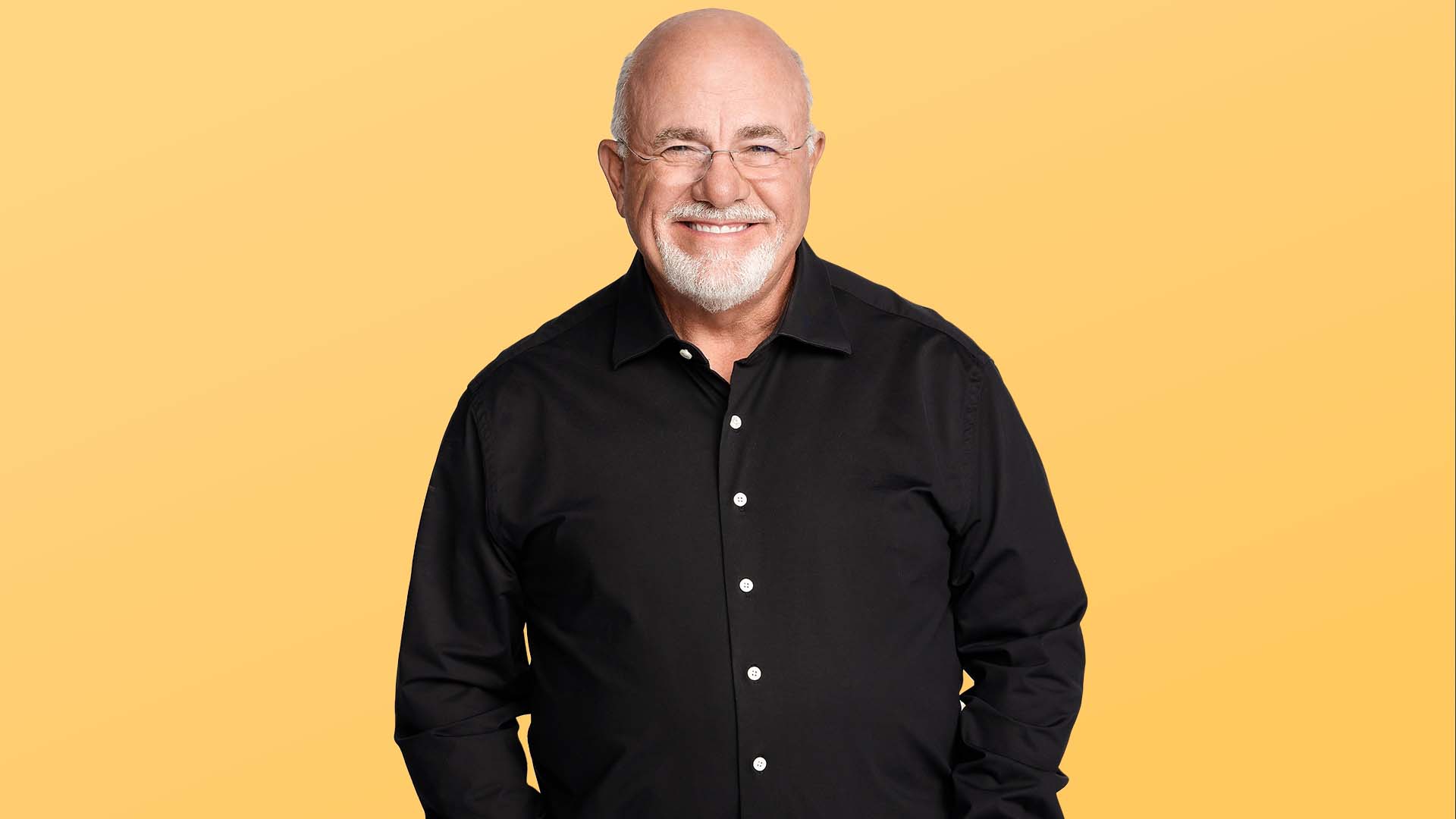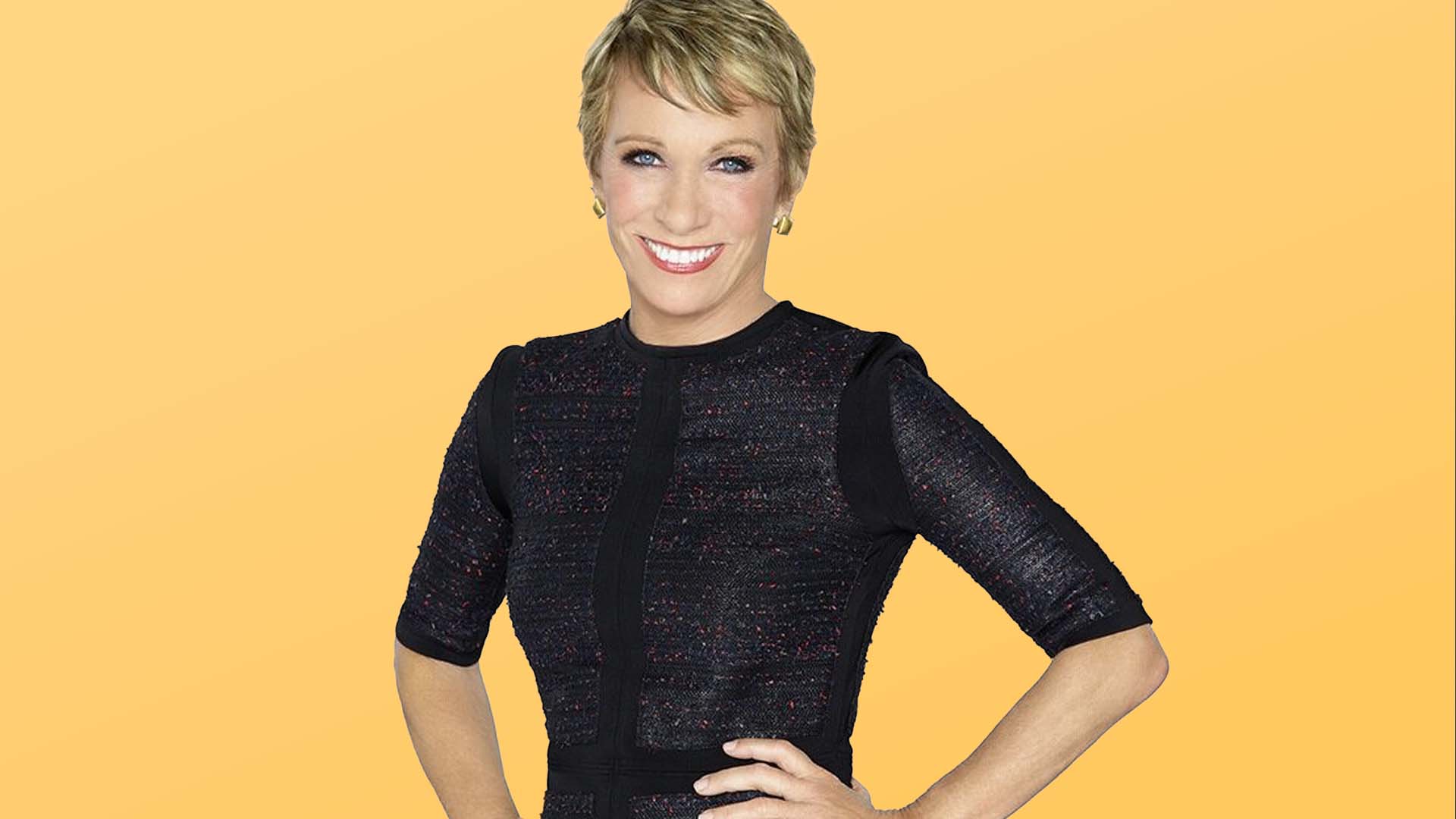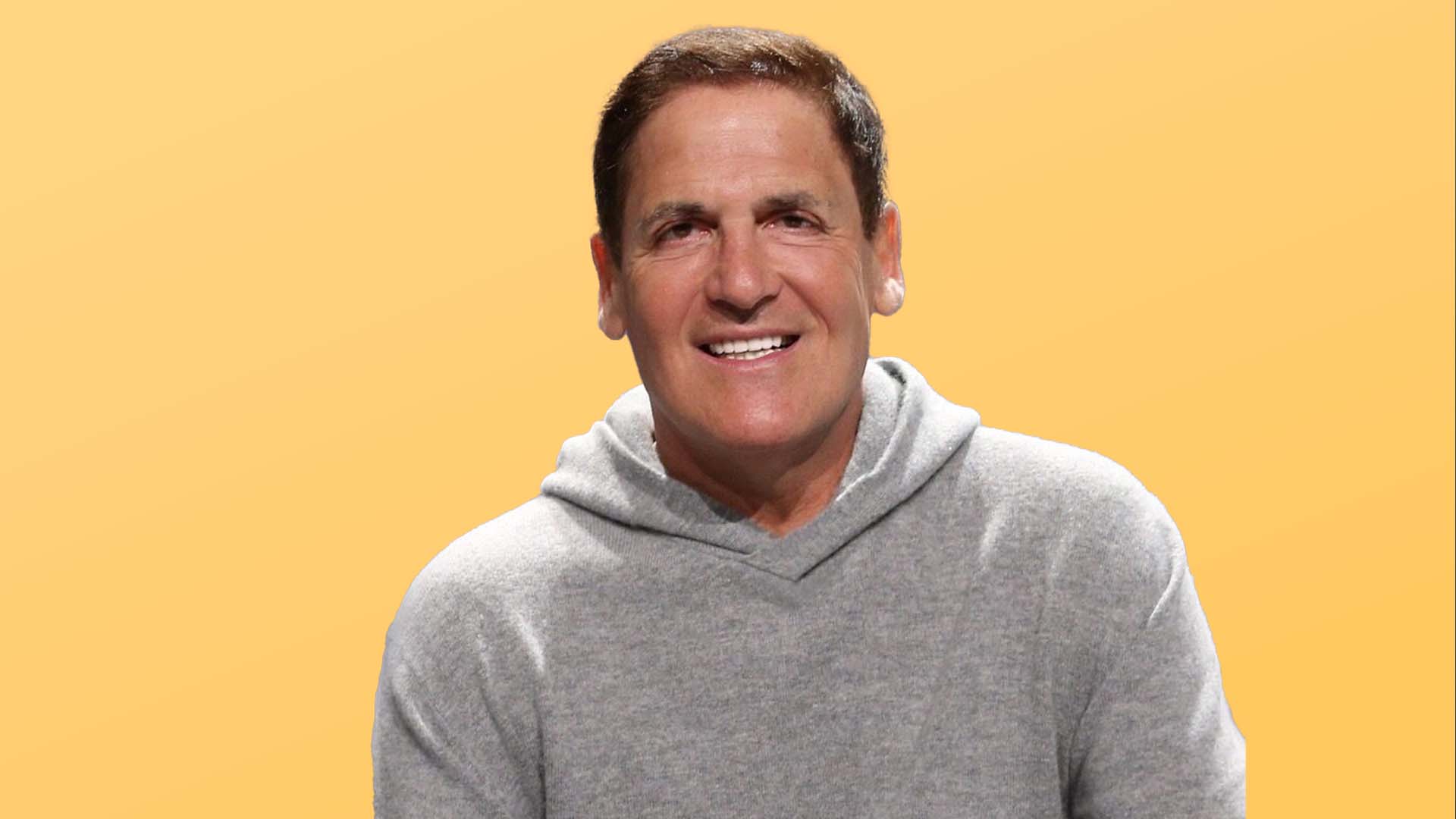The One Step Many Miss When Creating a Money Plan

Commitment to Our Readers
GOBankingRates' editorial team is committed to bringing you unbiased reviews and information. We use data-driven methodologies to evaluate financial products and services - our reviews and ratings are not influenced by advertisers. You can read more about our editorial guidelines and our products and services review methodology.

20 Years
Helping You Live Richer

Reviewed
by Experts

Trusted by
Millions of Readers
Create a financial plan. It’s the same steady drumbeat of advice you’ll hear from every personal finance expert out there. Yet when you sit down to build a plan that feels “correct,” you may not know where to begin. If your first step to better finances is “create a plan,” then what should the first step of that plan be?
For Taylor Kovar, CFP and founder and CEO of 11 Financial, the answer is simple: Know what you’re working with. Any worthwhile financial plan starts with tracking your money habits, including what comes in and what goes out. “You can’t manage what you can’t measure,” he said.
Unfortunately, many people don’t start with this simple step — leaving them less likely to come up with a personalized plan they can actually follow. GOBankingRates caught up with Kovar as part of our Top 100 Money Experts series to learn why this first step is so personal and how you can use it as a springboard toward reaching your financial goals.
Clarity Helps With Goal Setting
Whether a client is making $40,000 or $400,000, Kovar said they all need one thing: clarity. They need to know how much money is coming in, how much is going out, and, crucially, whether their spending and saving habits align with their goals.
“Tracking spending isn’t glamorous, but it’s powerful. It’s how we turn guesswork into strategy,” Kovar said.
He’s found that tracking your finances not only gives you the lay of the land, but it can also clarify your goals. If your numbers make you anxious about your prospects for retiring early, traveling more or paying off your house, you now have a goal to work towards.
“Once you define what success looks like for you, then we can reverse-engineer a plan to get there,” Kovar said. “No cookie-cutter advice. The first step has to match your personality and your priorities, or it won’t stick.”
Match Your Approach to Your Personality
Kovar describes the first step as twofold: gather the data, and organize it in a way you’ll actually use. You don’t have to compile everything in a spreadsheet.
If Excel spreadsheets give you a headache, you won’t stick with it — and all that tracking becomes moot. Do you respond better to visuals? Try a graph. Or if you’re a sucker for a good story, write everything out in narrative form. The method doesn’t matter as long as you understand and update it.
“That’s where understanding how you’re wired financially really matters,” Kovar said. “I’ve seen people make incredible progress once they stop trying to follow someone else’s path and start building a plan that works for their actual life.”
To help clients forge their own paths, Kovar asks one key question: “What’s one decision we can make today that gets you closer to freedom?” As they look at the data together, that decision might entail combining accounts, setting a 90-day savings challenge, or simply reviewing the numbers so the client can ask questions.
“It doesn’t have to be complicated. You just need to take action,” he said. “A lot of my clients are business owners or near retirement, and they’ve got a million things going on. We cut through the noise and build a plan they can actually use.”
The First Step Helps Break Down Emotional Barriers
Kovar understands that money management isn’t just about dollars and cents — it’s about feelings. The most common emotions that come up when people start tracking their spending and savings are shame, guilt, and fear of being “bad with money.” He has noticed that these feelings are consistent across all income levels.
That’s why tracking your money should be the first step. Armed with the facts about your spending and saving patterns, and how those habits compare with your goals, you can let go of unproductive feelings and get to work.
“But most of the time, those emotions are tied to how people naturally relate to money. That’s something I talk about a lot in my speaking and our work with The Money Couple,” he said. “Once you understand how you’re wired, you can stop judging yourself and start making progress. That shift changes everything.”
Bottom Line
There is no one-size-fits-all when it comes to developing a perfect financial plan. In fact, there is no perfect financial plan — only what’s perfect for you. But the first step is simple: track your money. Seeing how your spending and savings habits align with your goals gives you the clarity to build a plan you’ll actually follow.
This article is part of GOBankingRates’ Top 100 Money Experts series, where we spotlight expert answers to the biggest financial questions Americans are asking. Have a question of your own? Share it on our hub — and you’ll be entered for a chance to win $500.
 Written by
Written by  Edited by
Edited by  Money Expert
Money Expert 









































































































